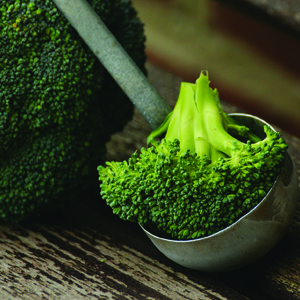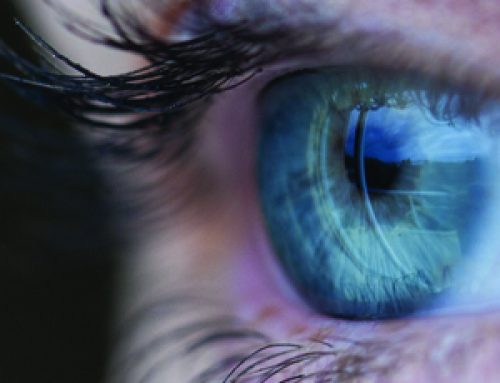Broccoli and Hormone Balance
The Connection to Estrogen
 Did you wonder why, as menopause looms, health and wellness literature implores you to eat more broccoli? What does broccoli do? How much broccoli are we talking about? Do we have to eat it every day?
Did you wonder why, as menopause looms, health and wellness literature implores you to eat more broccoli? What does broccoli do? How much broccoli are we talking about? Do we have to eat it every day?
Broccoli seems to be the poster child for the entire brassica family, a type of plant in the mustard family. Brassica plants are also known as cruciferous vegetables because of their cross-shaped flowers. There are more than 375 types of these flowering plants, including many important food plants such as brown mustard, Brussels sprouts, cabbage, cauliflower, kale, kohlrabi, rape, rutabaga, and turnips.
Broccoli and Estrogen
Broccoli is connected to hormone balance by its effect on how the body breaks down estrogen. Often we read that the body produces three estrogens: estrone, estradiol and estriol. While this is true, the dozens of estrogen metabolites the body creates as it breaks down these estrogens are often ignored. Let’s focus in on two of these: the metabolites of estrone called 2 hydroxyestrone (2-OHE1) and 16 alpha hydroxyestrone (16-αOHE1). The balance between these two metabolites is known as the 2:16 estrogen ratio.
The idea that adjusting estrogen metabolism to favor 2-OHE1 over 16-αOHE1 is beneficial has become popular, and many labs are able to test for these two hormones to compare them. While 2-OHE1 is thought to calm estradiol’s stimulatory effect on cells, 16-αOHE1 may provide the opposite effect, possibly stimulating estrogen-related cell growth. 16-αOHE1 also may be associated with genetic damage in cells, and some studies identified higher levels of 16-αOHE1 in breast cancer tissue and women with breast cancer when compared to healthy individuals. As part of his dissertation, “A Dietary Strategy to Reduce Breast Cancer Risk,” Dr. Jay Fowke was able to demonstrate that eating broccoli created a positive shift to 2-OHE1in healthy post-menopausal women. The daily intake was 500 grams or just over one pound of broccoli per day, with broccoli being eaten at two meals per day.
Broccoli Alternatives
You are not alone if you think a pound of broccoli per day is daunting, but there are a few possible alternatives:
- Two important compounds are abundant in broccoli: diindolylmethane (DIM) and its precursor, indole-3-carbinol (I3C), both of which can have an impact on the metabolism of estrogens. These two compounds have been associated with a reduction in cancer and tumor cell growth. I3C and DIM appear to shift estrogen metabolism away from 16-αOHE1 and toward the more desirable 2-OHE1. Supplements containing these compounds may be an alternative to relying solely on broccoli to shift metabolism.
- Another alternative to eating heaps of broccoli is supplementing with broccoli sprout extract. These supplements are readily available to purchase, or you can sprout your own seeds and eat them like alfalfa sprouts.
More about Broccoli and Hormone Balance
Another important component of broccoli is sulforaphane. Sulforaphane is being widely studied for its effectiveness in cancer, autism, schizophrenia, and more. An important detoxification molecule, sulforaphane may help with fatty liver disease and may enhance liver detoxification pathways, which are critical to metabolizing estrogens. Sulforaphane may also help with tissue damage known as oxidative stress, which is associated with aging and diabetes.
One caution about the use of broccoli comes from its effect on the thyroid. A steady diet of broccoli–or other members of the brassica vegetable group– eaten raw and in large amounts can have negative effects on thyroid function. Broccoli contains molecules called glucosinolates which may inhibit iodine uptake and thyroid hormone formation, particularly in the event of an existing iodine deficiency. Eating brassica vegetables in moderation, cooking them, and adequate iodine intake can reduce these effects.
Conclusion
Humans have evolved with our food sources for eons. Who first dared to eat broccoli? Who recognized that broccoli and the other brassica vegetables seemed to help with menopausal hormone changes? Who started recommending broccoli to family and friends? Thanks in part to these early innovators, today we have an abundance of studies relating to the specific molecules found in the brassica family of vegetables. We are starting to see the vast number of functions these foods have in the body. Food, it seems, really is our natural pharmacy. So eat up, and, as your mother always said, “Moderation in all things.”




